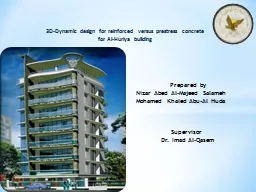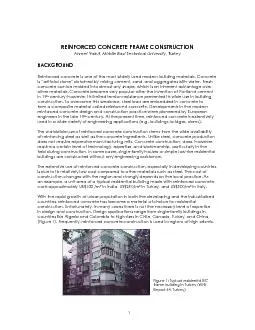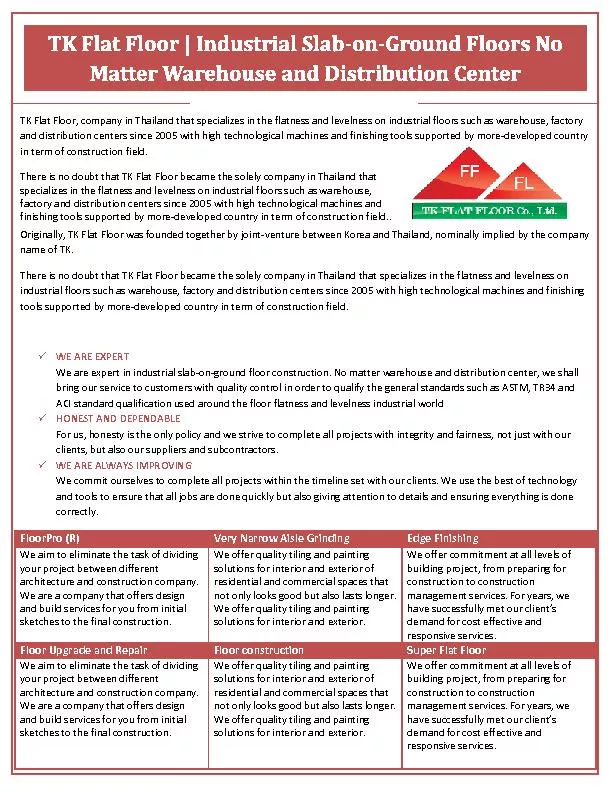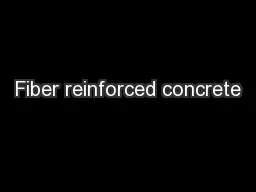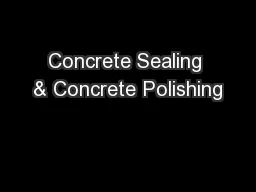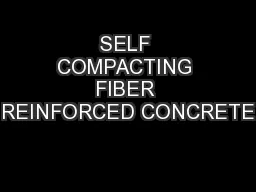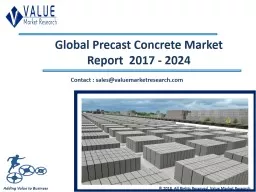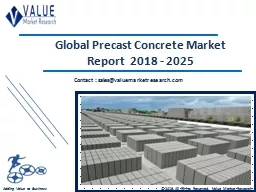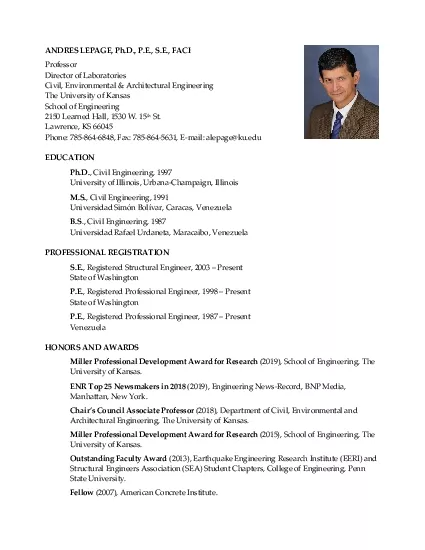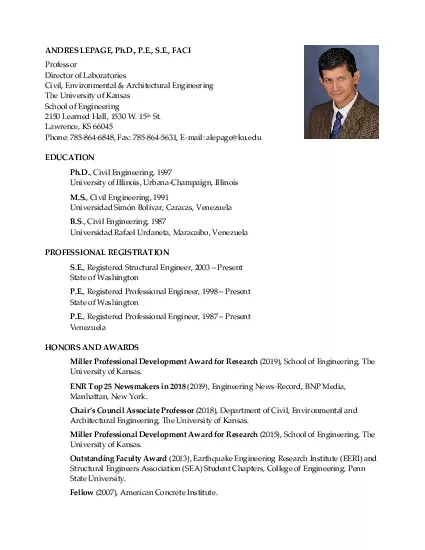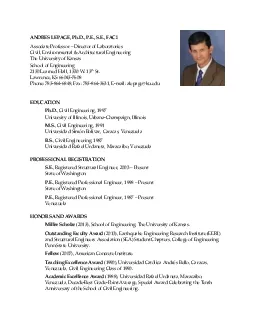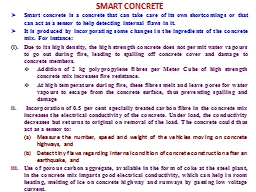PPT-3D-Dynamic design for reinforced versus prestress concrete
Author : alida-meadow | Published Date : 2016-07-18
Prepared by Nizar Abed AlMajeed Salameh Mohamed Khaled AbuAl Huda Supervisor Dr Imad AlQasem CHAPTER ONE INTROUCTION The project is a structural
Presentation Embed Code
Download Presentation
Download Presentation The PPT/PDF document "3D-Dynamic design for reinforced versus ..." is the property of its rightful owner. Permission is granted to download and print the materials on this website for personal, non-commercial use only, and to display it on your personal computer provided you do not modify the materials and that you retain all copyright notices contained in the materials. By downloading content from our website, you accept the terms of this agreement.
3D-Dynamic design for reinforced versus prestress concrete: Transcript
Download Rules Of Document
"3D-Dynamic design for reinforced versus prestress concrete"The content belongs to its owner. You may download and print it for personal use, without modification, and keep all copyright notices. By downloading, you agree to these terms.
Related Documents

